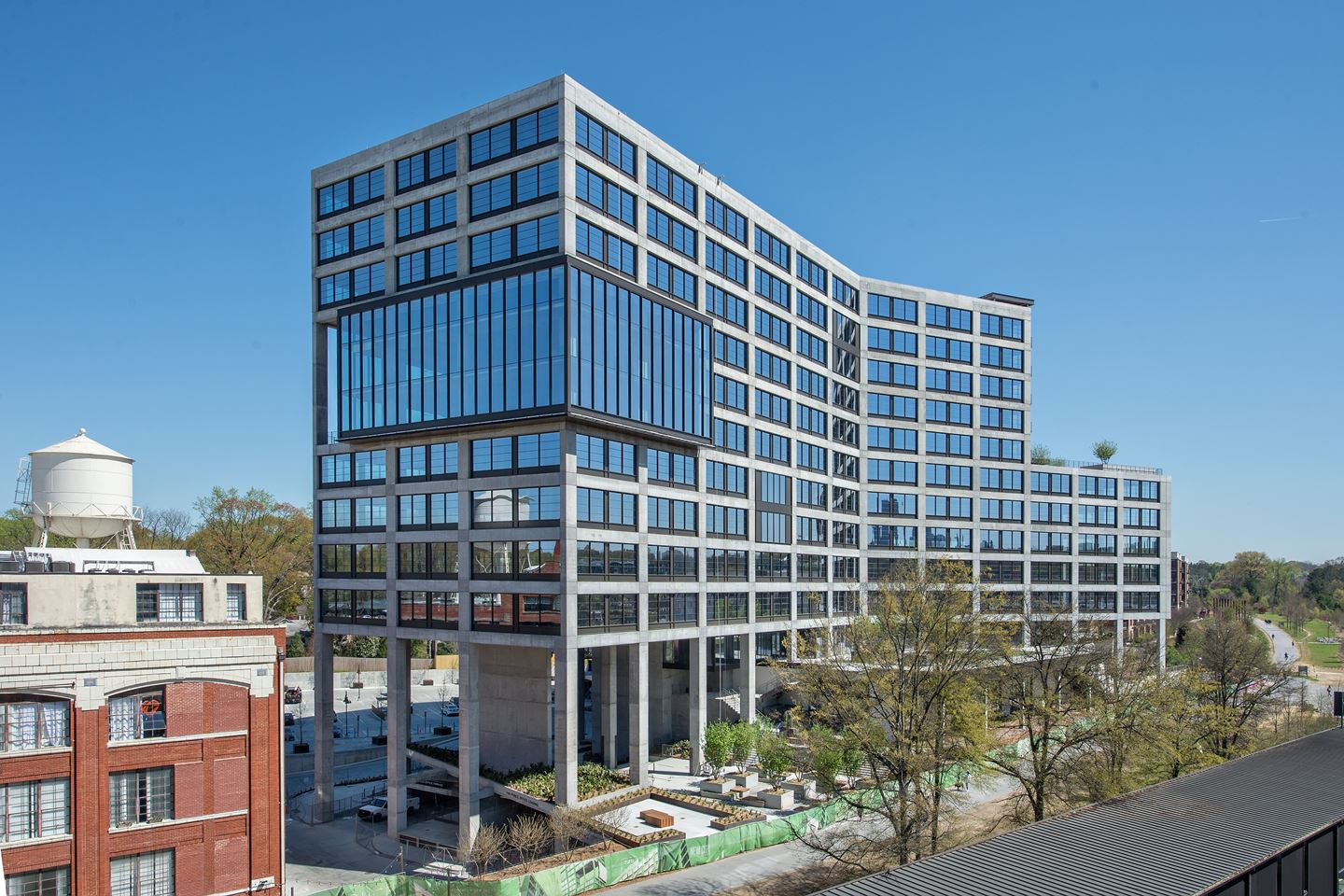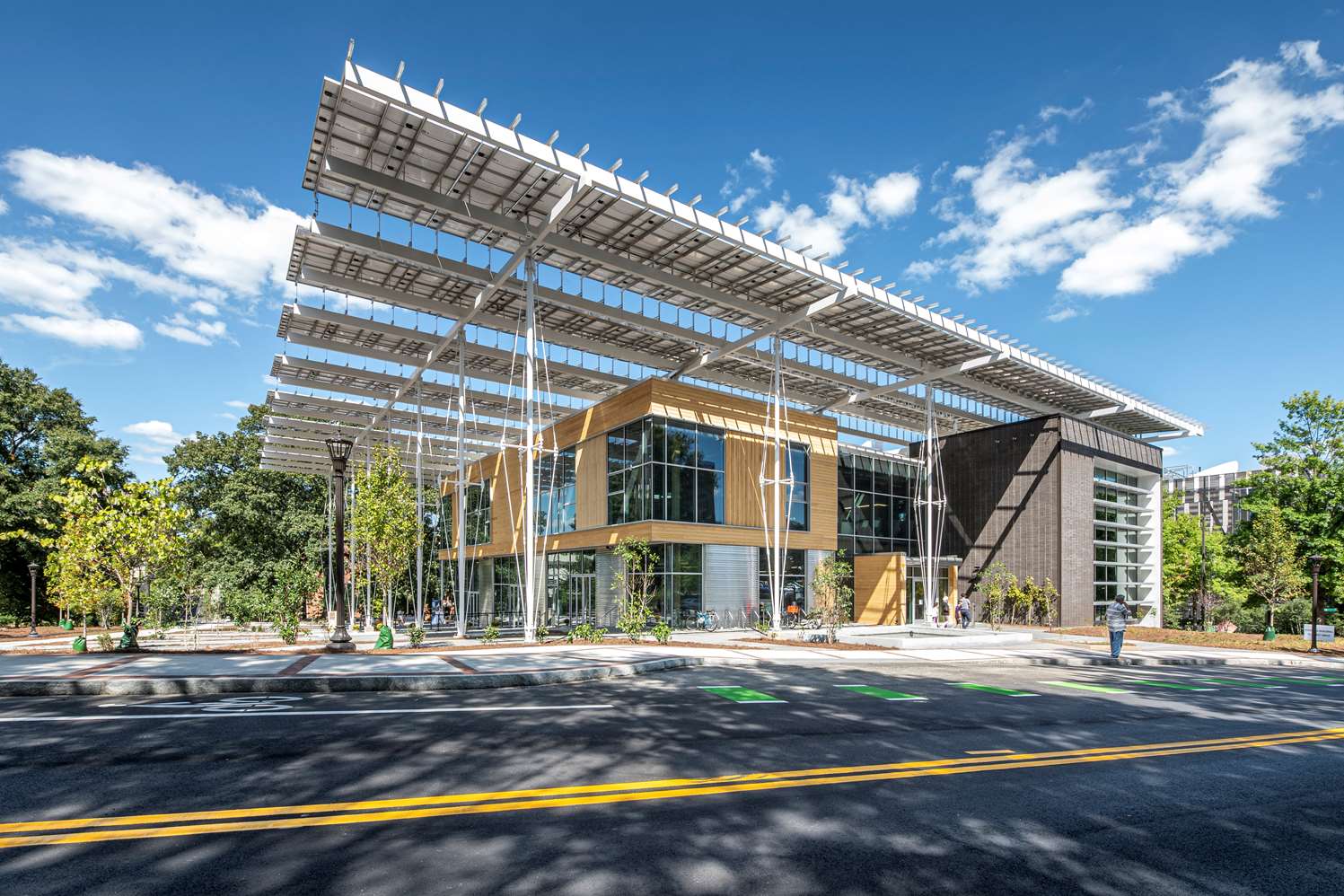Uzun + Case has officially joined the Structural Engineers 2050 Commitment Program (SE 2050) as a continuation of the firm’s dedication to environmental mindfulness and responsibility. U+C and its employees have committed to increasing their understanding of embodied carbon’s role in construction projects, reducing the amount of embodied carbon in their projects, and ultimately realizing the goal of net zero embodied carbon structures by 2050.
Joining the SE 2050 Commitment Program comes as a continuation of Uzun + Case’s involvement in initiatives and projects focused on implementing sustainable building practices including the use of recycled materials and carbon sequestration in structural, exposed concrete. We plan to build on our past experiences and look forward to more opportunities to contribute to the design of sustainable structures using life cycle assessment methods with a particular focus on the reduction of embodied carbon.
Uzun + Case is developing and will soon publish an Embodied Carbon Action Plan on the SE 2050 website. The plan will outline the steps we are taking now to help achieve net zero by 2050. Furthermore, we will be contributing embodied carbon modeling data to the SE 2050 database for use by the structural engineering community to better understand the role of embodied carbon in assessing the environmental impact of building structures.



In addition to reducing embodied carbon in our own projects, we have committed to acting as advocates for the building industry’s path to substantive reductions of embodied carbon in all structural systems by communicating our efforts, successes, and lessons learned with clients, the design community, and the public. We are dedicated to shifting the way structural engineers view their role in sustainable design by looking at embodied carbon reduction not as a project specific requirement but as an underlying design principal.
We are excited to embark on the mission of net zero structures by 2050 alongside a growing partnership of firms dedicated to reducing the environmental impact of building structures.
If you are interested in learning more about the role of embodied carbon in sustainable building practices, please visit the SE 2050 website.
